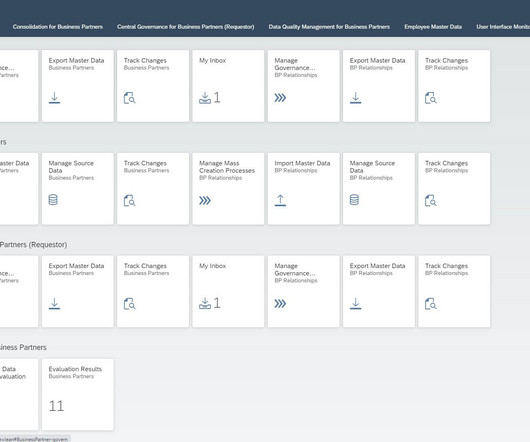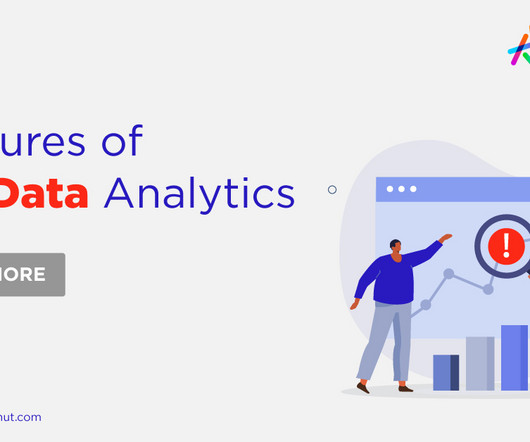2020 Data Impact Award Winner Spotlight: Merck KGaA
Cloudera
DECEMBER 11, 2020
The Data Security and Governance category, at the annual Data Impact Awards, has never been so important. Toolsets and strategies have had to shift to ensure controlled access to data. At the same time, the need to have a strong layer of security and governance is being highlighted.












Let's personalize your content